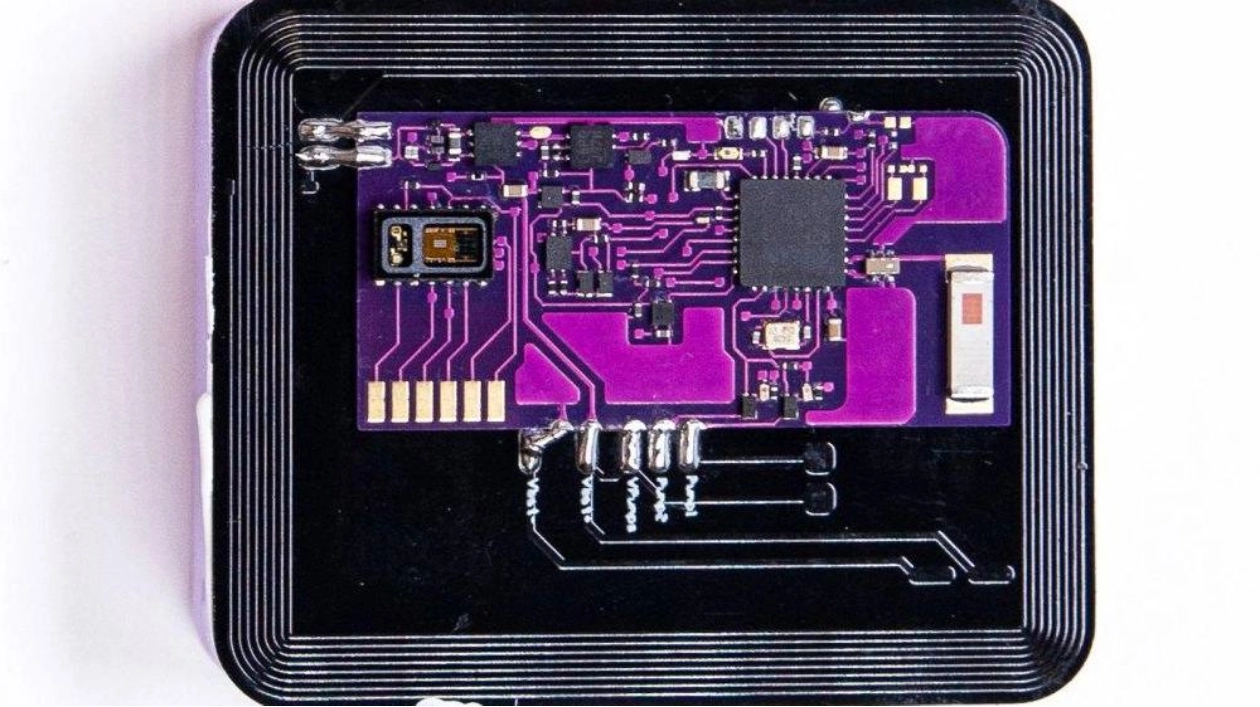Naloxone has saved countless lives by reversing opioid overdoses. However, its effectiveness largely depends on the presence of someone nearby who can administer the drug promptly (SN: 5/3/24). Many individuals overdose alone. A novel implant aims to tackle this issue. Inserted beneath the skin and powered by a battery, the device can detect the onset of an overdose and release naloxone directly into the bloodstream, while simultaneously notifying emergency responders, as reported by researchers on October 23 in Science Advances. The device, dubbed the Naloximeter, has only been tested on animals thus far.
The researchers envision the Naloximeter aiding high-risk individuals, particularly those newly sober, whether through treatment or incarceration. During the initial months of sobriety, individuals are 10 to 16 times more likely to die from an overdose due to reduced tolerance to opioids compared to later stages of recovery. In 2023, over 80,000 people in the United States succumbed to opioid overdoses (SN: 9/25/2024). Neuroscientist Robert Gereau from Washington University School of Medicine in St. Louis notes, “The fentanyl crisis is worsening, necessitating extensive harm reduction efforts.”
Traditional harm reduction methods include safe injection sites and hotlines, but emerging technologies present promising alternatives for situations where bystanders are absent (SN: 2/14/2024). Current apps and devices can only monitor and alert responders. The Naloximeter stands out as the first device capable of delivering immediate treatment within the critical window when overdoses are still reversible. Monty Ghosh, an addiction researcher at the University of Alberta in Edmonton, Canada, who was not part of the study, highlights, “This device truly excels compared to other interventions.”
The Naloximeter’s sensor operates by gauging the decline in blood oxygen levels—specifically, the rate and extent of the drop. In a human version, upon detecting an overdose, an alert would appear on the user’s phone for confirmation; if unacknowledged, naloxone would be released. Gereau and his team tested two administration methods in rats and pigs. Trials with pigs revealed that an intravenous catheter, akin to those used in cancer treatment, integrated into the implant, delivered 0.7 milliliters of naloxone within 60 seconds, sufficient to initiate significant effects in the brain, according to materials scientist Joanna Ciatti from Northwestern University in Evanston, Ill.
While still far from human clinical trials and addressing ethical and logistical challenges, the potential of such a device is exhilarating. Its practicality hinges on the invasiveness of implantation, cost, and, crucially, whether individuals with substance abuse issues, often skeptical of interventions, will accept it.
Source link: https://www.sciencenews.org






